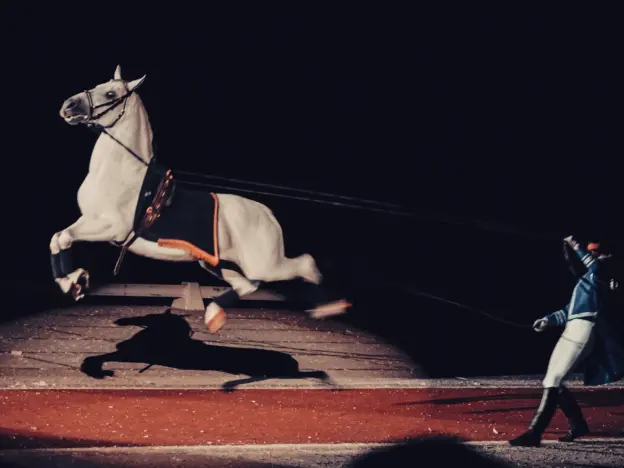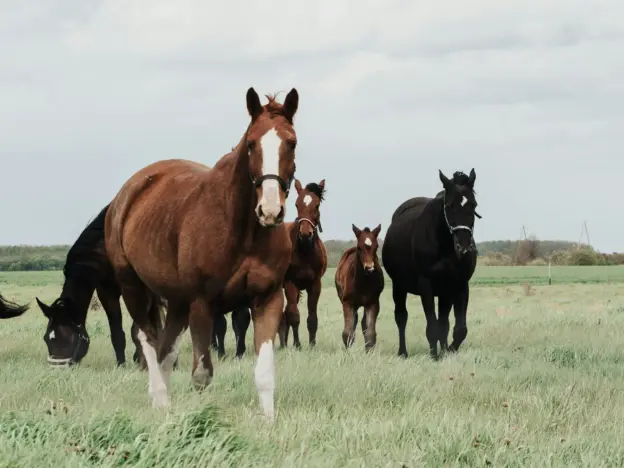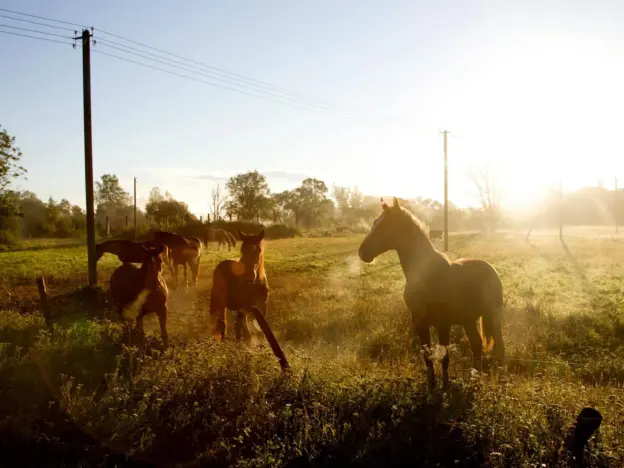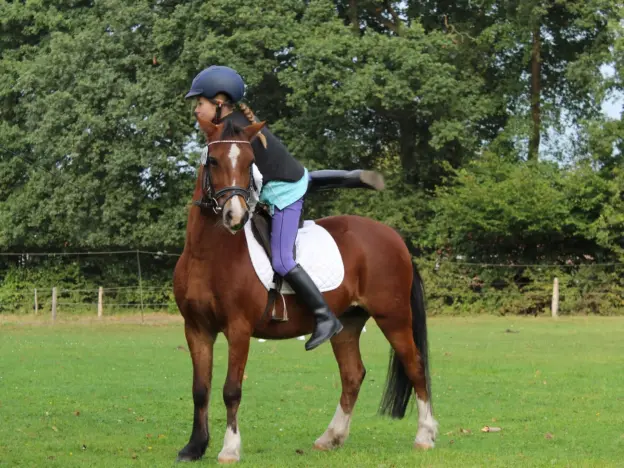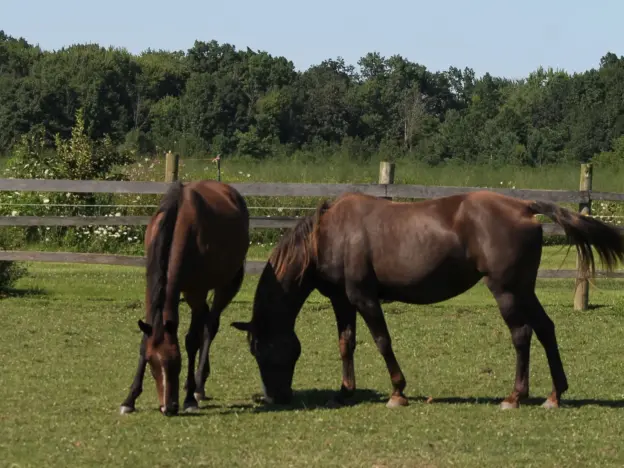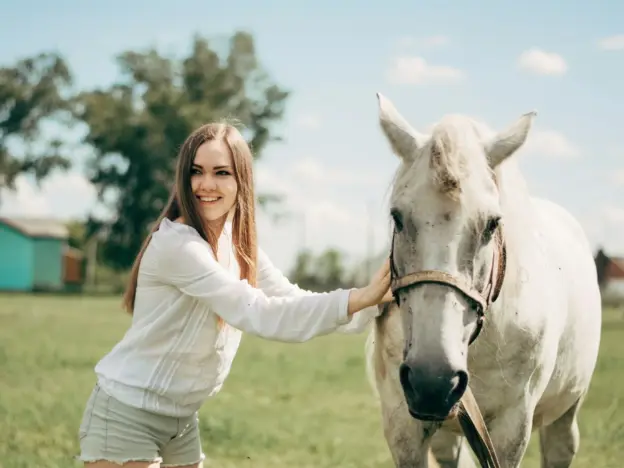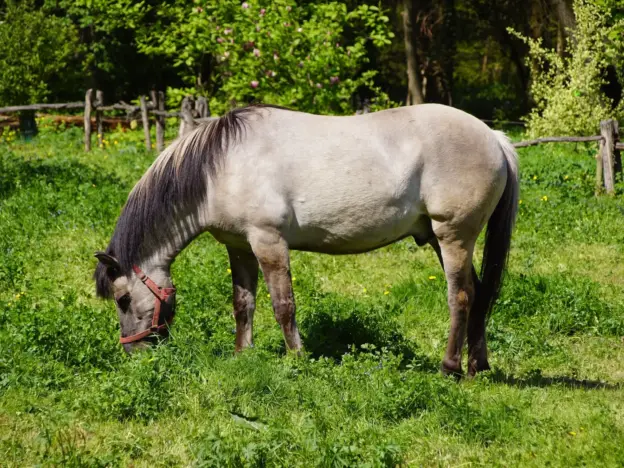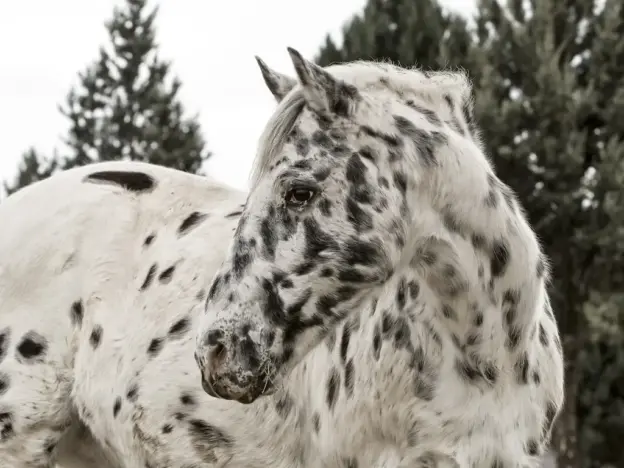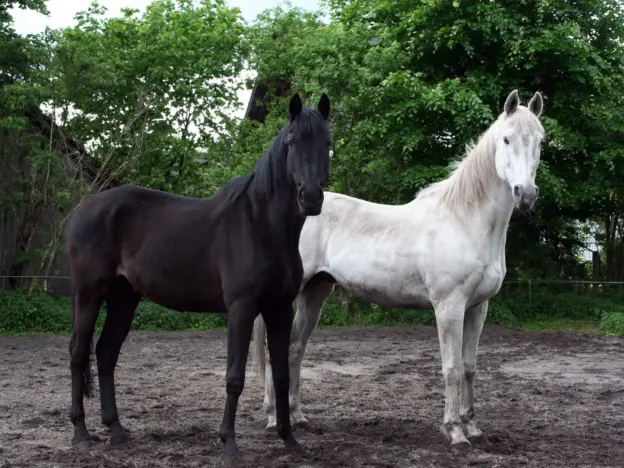Intro
The Lipizzan or Lipizzaner is perhaps most well known for their fine performing stallions from the Spanish Riding School in Vienna, which is the oldest riding academy in the world. The Lipizzan breed is named for the village of Lipizza near the northwest border of Italy (before the 2nd World War anyway). Austria is actually credited with the origins of the breed because Lipizza was theirs during the breed’s development.
Read more
